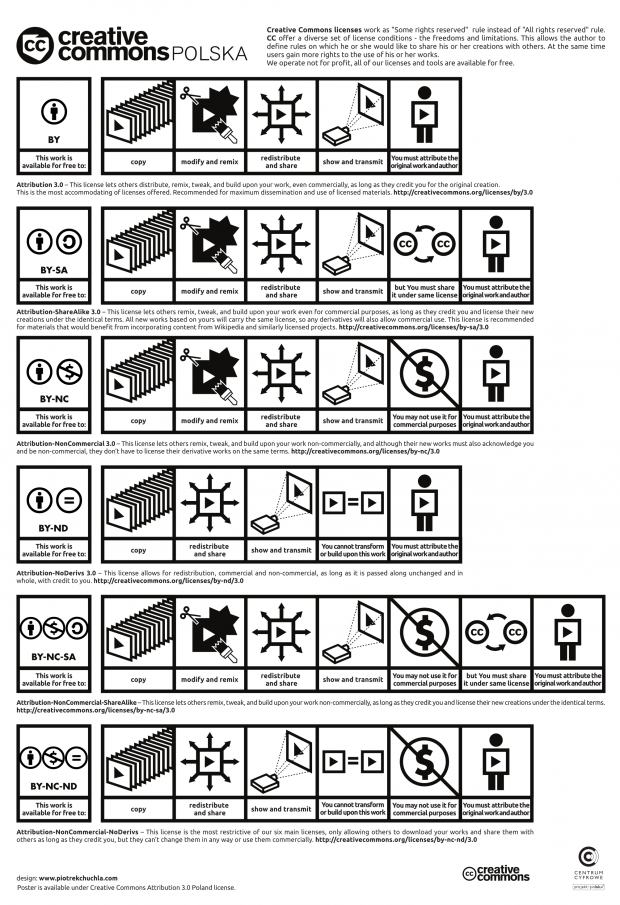I know many instructors who might find this article useful and informative:
“So how might academics—particularly those without tenure, published books, or established freelance gigs—avoid having their digital identities taken over by the negative or the uncharacteristic?
After all, no one wants to be associated almost exclusively with blogs of disgruntled students, Tumblr and Twitter hashtags like #IHateMyProfessor, Facebook hate groups such as “I No Longer Fear Hell, I Took a Course With Aruna Mitra,” and other potentially contentious sites like Rate My Professors. As an academic or would-be academic, you need to take control of your public persona and then take steps to build and maintain it. With drag-and-drop websites, automatic publishing tools likeIFTTT (short for “If this, then that”), and social-media sharing, this task is not necessarily as time-consuming as it seems.
Take control. In a nutshell, if you do not have a clear online presence, you are allowing Google, Yahoo, and Bing to create your identity for you. As aLifehacker post on this topic once noted: “You want search engine queries to direct to you and your accomplishments, not your virtual doppelgangers.”
http://chronicle.com/article/How-to-Curate-Your-Digital/151001/
